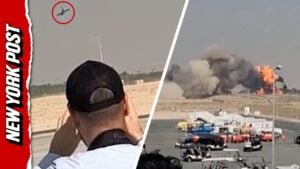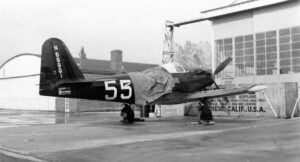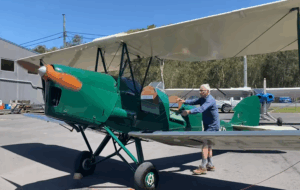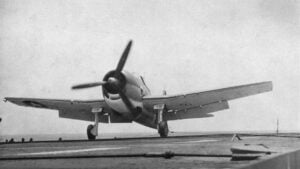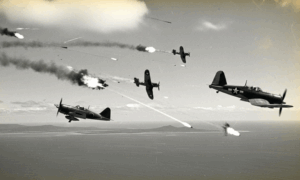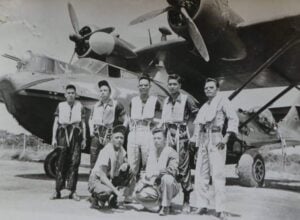The Story of a Filipino Pilot Who Took On 54 Japanese Fighters and Lived to Tell It
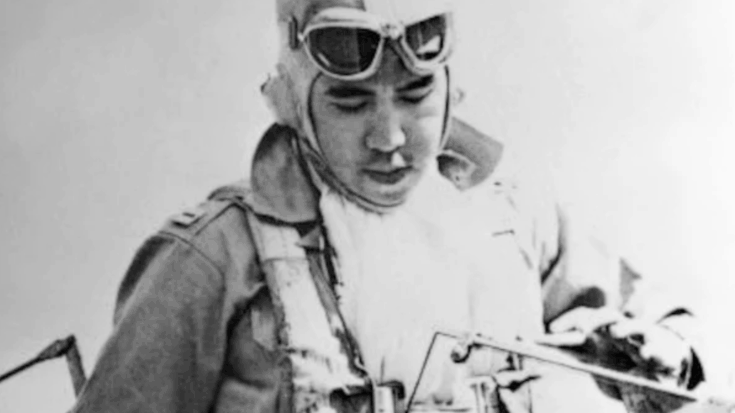
Farm Security Administration - Office of War Information, Public domain, via Wikimedia Commons.
Early days and the coming storm
Jesús Antonio Villamor was born on November 7, 1914 in Abra, in what was then the Philippine Islands under U.S. rule. He trained as a pilot, joined the Philippine Army Air Corps, and by December 1941 he was flying for the allied cause in the face of an imminent Japanese invasion. When the Japanese attacks began, Villamor and his fellow Filipino pilots were badly out-matched in numbers and equipment but determined to protect their homeland.
On December 10, 1941 Villamor led three Philippine Air Corps pursuit planes in combat against attacking Japanese aircraft over Batangas. His order read that his flight rushed into action despite heavy opposition and prevented serious damage to their base. This act earned him the U.S. Distinguished Service Cross for “extraordinary heroism” as a pilot in the Pacific.
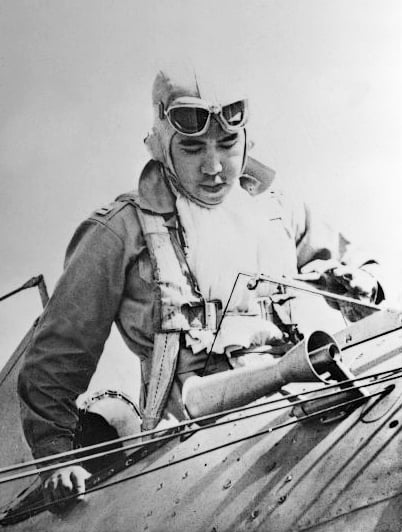
Heroism above overwhelming odds
Just two days later, on December 12, Villamor led six Filipino fighters against a force of 54 Japanese bombers. The citation for his second Distinguished Service Cross states that Villamor’s plane destroyed “an enemy plane” during the action and that his leadership was in keeping with the highest traditions of military service. He didn’t fly solo—he led a small team—but the sheer scale of the enemy formation made the action remarkable. In these flights, aircraft were outdated, training limited, and logistics weak; yet Villamor flew anyway.
His leadership earned him the Philippines’ highest military decoration, the Medal of Valor, later awarded in 1954 by President Ramón Magsaysay. Meanwhile, Manila’s Nichols Field was renamed in his honor: Col. Jesús Villamor Air Base.
From air combat to intelligence work
After the initial aerial engagements, Villamor moved into other roles. As the Japanese advanced, he participated in intelligence and guerrilla work, helping to relay information back to allied forces and coordinate resistance efforts. His role shifted from dogfights to covert operations—showing the range of his service.
Villamor’s ability to adapt to new missions under harsh conditions testified to his character. He faced loss of aircraft, limited fuel, and overwhelming enemy numbers, yet continued to serve with skill and courage. Philippine narratives remember him as both pilot and patriot.
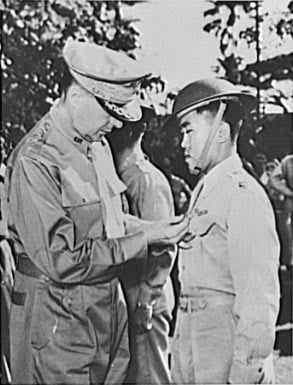
Impact and legacy
Villamor’s actions in 1941 came early in the war, when Japan’s air-forces still claimed air superiority over the Philippines. His flights challenged that notion. Beyond the numbers of enemy planes faced or aircraft destroyed, the moral value of his leadership was significant: he inspired others, proved resistance possible, and helped preserve hope amid defeat.
Today, the air base bearing his name stands as a reminder of his service. His medals and citations reflect not only his personal bravery but the wider commitment of Filipino airmen in World War II. Villamor’s story remains part of the larger history of Philippine-U.S. cooperation, the Pacific War, and the role of lesser-known air forces in global conflict.













